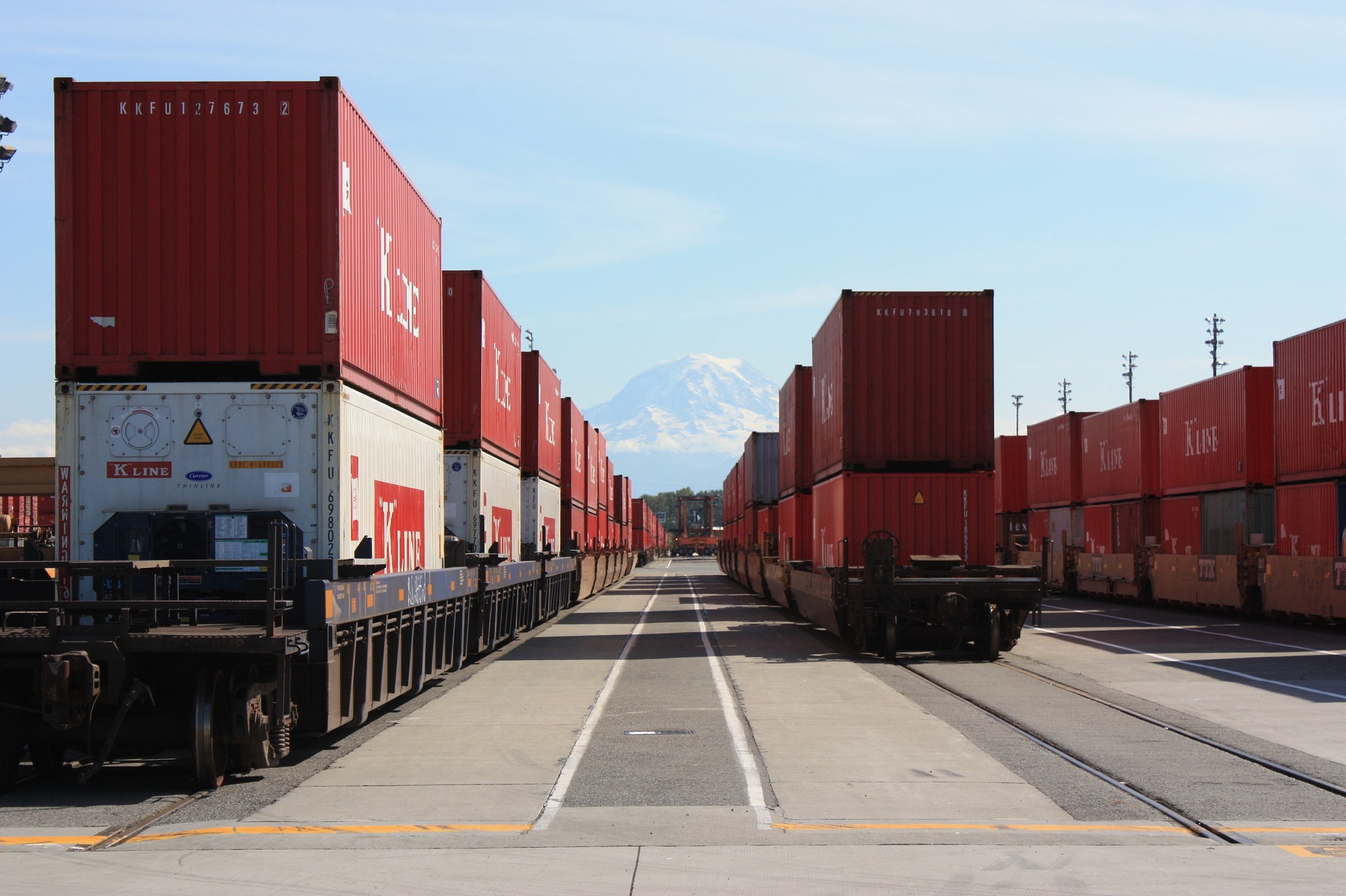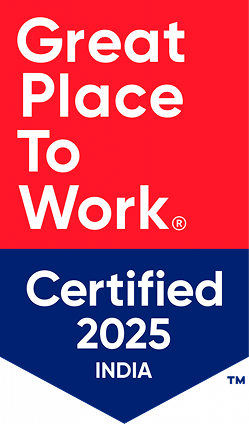
Empty container repositioning is one of the hidden costs driving up EXIM (export-import) logistics expenses. Discover how smarter container utilization can reduce costs and carbon footprint in global trade.
What is Empty Container Repositioning?
Empty container repositioning involves moving empty units from high surplus locations to areas where there is a shortage. Though essential for balancing trade flows, it's a costly exercise—requiring transport, handling, and storage of non-revenue-generating containers.
The Hidden Cost of Empty Containers
In EXIM logistics, containers are the backbone of cargo movement. Yet, millions are moved empty every year—adding to freight costs, causing port congestion, and increasing carbon emissions.
For India’s growing trade economy, tackling this inefficiency is key to Optimising logistics costs and boosting supply chain performance. Luckily there is a solution to avoid this expensive cost by reusing shipping containers - not only will this help to avoid the high costs of repositioning, but also reduce carbon emissions.
But, Why Are So Many Containers Moving Empty?
-
Trade Imbalance
Countries that import more than they export (or vice versa) create an uneven container flow. Thus, a lot of containers sit idle for many days.
-
Lack of Coordination
Freight forwarders, shipping lines, and port operators often work in silos, missing opportunities to match return loads.
-
Slow Turnaround Time
Delays in unloading and container clearance often force carriers to reposition empty containers to meet demand elsewhere.
-
Poor Visibility
Limited access to real-time container tracking data prevents smart planning for container reUse.
How Empty Container Movements Drive Up Costs
-
Increased Freight Charges
Shipping lines pass on the cost of repositioning empty containers to shippers, exporters, and ultimately the end consumers.
-
Port Congestion
Empty containers clog up yard space at ports and inland container depots (ICDs), slowing down operations.
-
Fuel and Emissions Waste
Moving containers without cargo leads to unnecessary fuel consumption and CO₂ emissions.
-
Higher Warehousing and Handling Costs
Empty containers still require handling, stacking and storage, contributing to rising EXIM logistics costs.
MatchLog’s Solution: Container Triangulation
At MatchLog, we’re tackling this challenge head-on through our tech-driven container triangulation platform. Here's how:
-
Matching Import and Export Needs
We use AI and machine learning to predict and match container availability with demand in real-time.
-
Reducing Empty Runs
Our solution minimizes empty container movements by enabling reUse at the point of import.
-
Lowering EXIM Costs
Our smart technological solutions help transporters, shipping lines, 3 PL operators and cargo owners save extra costs by cutting empty container trips. Moreover, businesses gain from better asset utilization.
-
Cutting Carbon Emissions
Every matched container at MatchLog reduces up to *600 kg of carbon emissions per matched trip. We help save fuel, cut carbon emissions and support sustainable logistics.
Be a business of the future, and become a part of the change; happening in the logistics industry right now. Collaborate with MatchLog to adopt our innovative and cutting edge technological solutions enabling container ReUse and container triangulation. Connect with us via support@matchlog.delivery or contact us- 1-800-309-9887.

